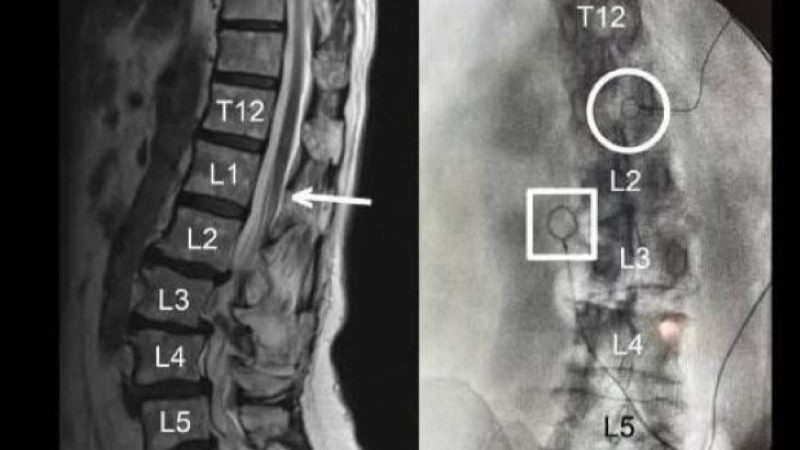
A study observed a significant prevalence of poor muscle quality among individuals with obesity, and also found that age, sex, and body mass index (BMI) are independent predictors.
“Apart from aging, other factors – particularly in relation with lifestyle – can influence muscle quality. Obesity is reaching epidemic proportions, with its prevalence increasing worldwide and having doubled since 1980,” the researchers wrote. “Among several other complications (e.g., cardiovascular diseases), obesity seems to impair skeletal muscle function. Some studies have shown that a higher body mass index (BMI) was associated with greater muscle mass and even with an increased absolute force and power production capacity. However, when normalized to body mass or muscle mass, obese individuals showed impaired muscle function (i.e., decreased muscle quality).”
The cross-sectional study included 203 obese individuals (103 were women) with ages ranging from 18 to 75 years and BMIs ranging from 35 kg/m2 to 64 kg/m2. Measurements were taken to establish muscle strength (handgrip dynamometry), muscle power (sit-to-stand test), and muscle mass (bioelectrical impedance analysis). Reference values of muscle quality (strength/power to muscle mass ratio) were taken from young, healthy individuals to compare with the obese cohort; muscle quality was quantified as normal, low, or poor.
Age, Sex, BMI All Significant Factors
Irrespective of age, muscle mass, absolute muscle strength and power, and specific muscle strength were higher in men than women. In the younger age group, women had higher specific muscle power. Upon linear regression analyses, higher specific muscle strength was correlated with younger age and male sex, but there was no correlation with BMI. A correlation was observed between a higher specific muscle power and younger age, but not with sex or BMI.
Specific muscle strength was low/poor in 96% of the group, but most individuals had normal specific muscle power (94%). Three-quarters of young adults/adults had poor muscle quality, as did 92% of middle-aged/older adults. Women, compared to men, had higher rates of poor specific muscle strength (94% vs. 74%) and muscle quality (94% vs. 74%); however, no sex-related differences were observed in low/poor specific muscle power. There were no instances of low muscle quality. Upon regression analyses of the whole cohort, age, BMI, and female sex presented positive independent correlations with poor muscle quality—these variables constituted 32% of muscle quality variance. Age and female sex were inversely correlated with specific muscle strength, and age was inversely correlated with specific muscle power. In adjusted analyses, the following factors were independently correlated with a high risk of poor muscle quality: female sex (odds ratio [OR]=18.09; 95% confidence interval [CI], 4.07 to 80.38), age (OR=1.06; 95% CI, 1.03 to 1.10), and BMI (OR=1.22; 95% CI, 1.07 to 1.38).
The results were published in BMC Musculoskeletal Disorders.
“The present study shows a high prevalence (75–92%) of poor muscle quality among individuals with obesity of different ages (18–75 years), which was mainly due to poor specific strength (not power). We also observed that age, BMI and being a woman increased the odds of presenting poor muscle quality independently of other risk factors. These findings highlight the importance of implementing tailored interventions (e.g., resistance training and diet) to reduce the prevalence of obesity-associated poor muscle quality,” concluded the study authors.







 © 2025 Mashup Media, LLC, a Formedics Property. All Rights Reserved.
© 2025 Mashup Media, LLC, a Formedics Property. All Rights Reserved.